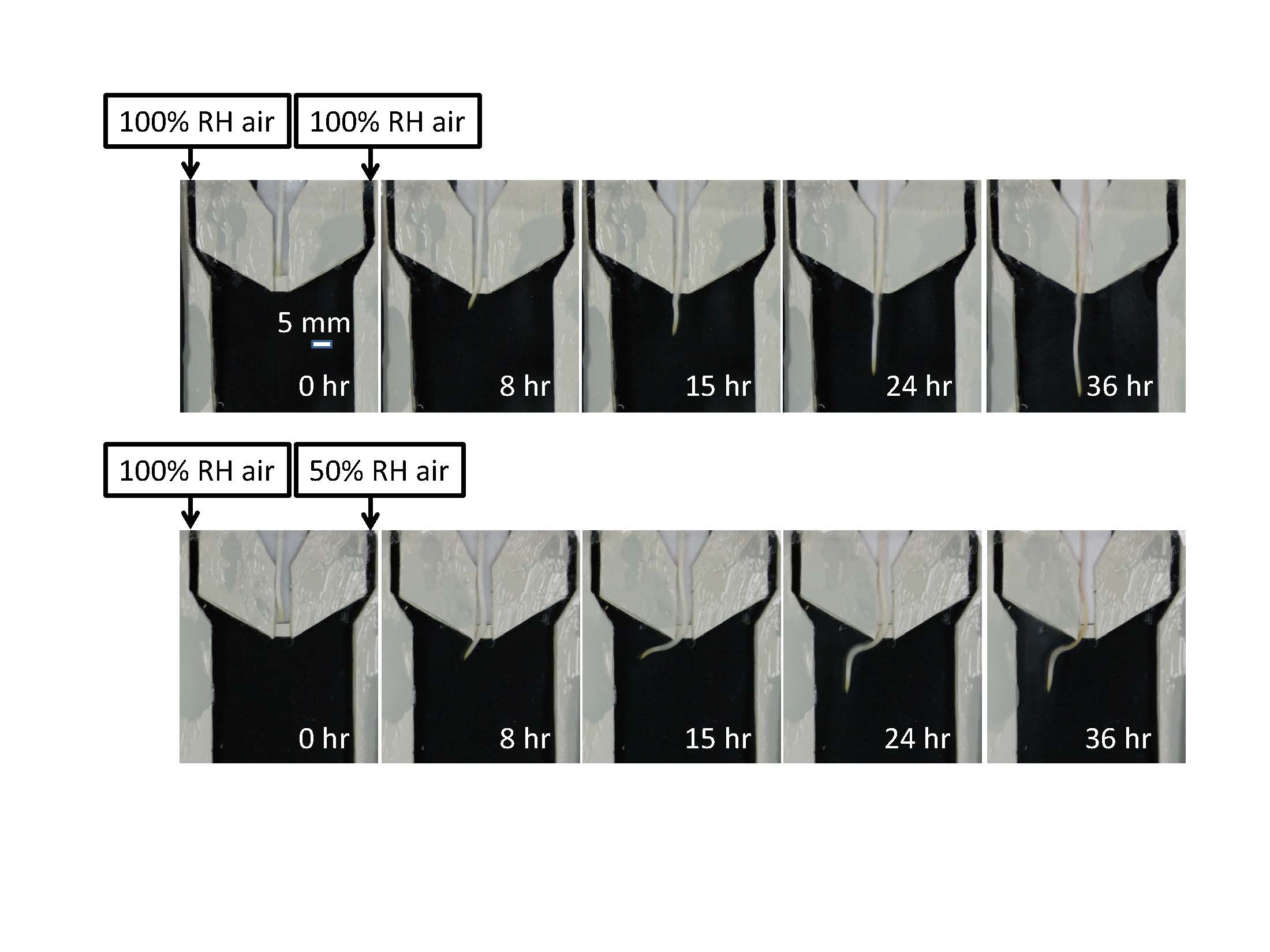Chang-Soo KIM, Professor at the Missouri University of Science and Technology, discusses the importance of developing a deeper understanding about how plant roots find water
Plant roots are the sensor network to support healthy plants
Plants respond to various environmental stimuli by directed growth toward favourable conditions nearby. This is called the tropism and plays an important role helping the plants to adapt to resource-scare conditions. The plant roots can easily change their growth direction and elongation rate when they sense any preference within the rooting medium. Such responses to environmental stimuli include gravitropism (gravity), hydrotropism (water), chemotropism (chemicals) and thigmotropism (temperature), etc., which are important for the health of plants. Particularly the hydrotropism, the ability of sensing water and moving toward it, is a less explored subject compared to other tropic behaviours partly due to the limitation of convenient methods.
Miniaturized rhizobox (“root container”) for hydrotropism study
By adopting the concept of microfluidic systems, we develop a novel meso-scale fluidic platform to create controlled environment for studying the behaviours of small plant roots responding to surrounding water environment. Air flows with different humidity through a Y-shape fluidic channel generating a two-dimensional humidity gradient over the root zone of a small plant. Actively growing seedling roots are directly exposed to this humidity gradient and their growth kinetics are analysed.
A flat Y-shaped fluidic chamber has two gas inlets on both sides to introduce two air flows with different humidity levels. This simple fluidic platform proved to be very effective and promising to investigate the response of plant roots bending toward a preferred humidity condition. Therefore, it is a very simple, effective and inexpensive approach for observing how the seedling roots find water.
What we found
Curvature of the roots exposed to different humidity conditions were observed with the images taken at regular intervals. The root tip heads towards where the water is available, ensuring the root grows towards sources of water. In the presence of humidity gradient with 100% and 50% relative humidity (RH) air through left- and right-side inlet, respectively, the root started to bend toward the higher humidity, defying the gravity at the regions of the highest humidity gradient. Then, it was followed by the typical downward growth towards the direction of gravity as the humidity gradient became smaller in the lower region of the channel.

Prospects toward higher crop yield
Water is undoubtedly one of the most important resources to ensure productive agriculture. Deeper understanding about how plants find water and respond to is likely to contribute to developing drought-tolerant crops that can avoid water-deficit stress.
Successful demonstration of seedling root orientation proves the feasibility of such miniaturised rhizobox platform for further plant breeding applications including the development of drought-tolerant crops. We anticipate that this platform can be applied to other areas of plant research including metabolic engineering and genetic screening associated with other agrochemicals beyond water. Eventually this will help us to develop better strategies to practice precision agriculture and sustainable environment for efficient use of fresh water and agrochemical resources.
Acknowledgement: funded by National Science Foundation (NSF)
*Please note: This is a commercial profile











